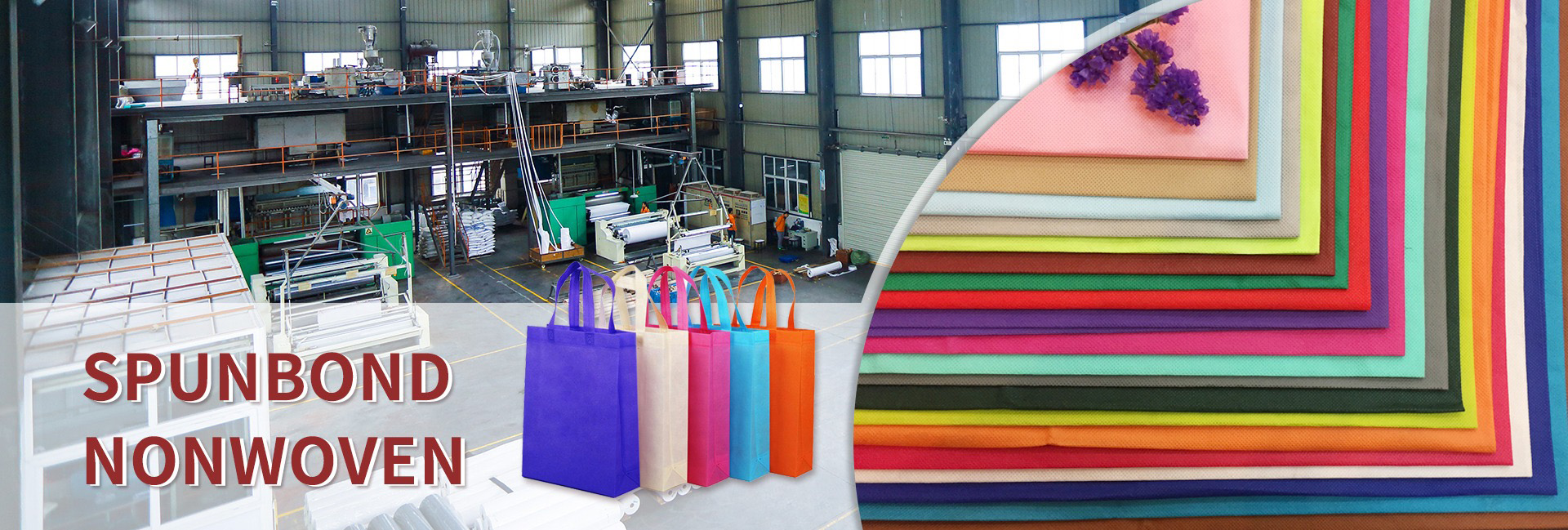The implementation of new e-commerce packaging regulations is creating a massive market opportunity for spunbond nonwovens, rapidly moving them from an “alternative material” to a central role in the packaging market.
The following is an in-depth analysis of this trend:
New Regulation Interpretation: How is Policy a Core Driving Force?
Recently, the State Administration for Market Regulation issued the mandatory national standard “Requirements for Restricting Excessive Packaging of Goods – Fresh Edible Agricultural Products,” which will take effect on September 1, 2024. While this new regulation targets fresh agricultural products, the signals and specific requirements it sends precisely drive innovation in e-commerce packaging:
Core Requirements: Reduction in quantity, weight, and recycling
Clear “Slimming Down”: Strictly limit the number of packaging layers and void ratios, directly combating the traditional practice of excessive packaging with multiple layers inside and outside.
Environmentally Friendly: Strongly encourage the use of recyclable, easily recyclable, and biodegradable packaging materials.
This provides an excellent entry opportunity for spunbond nonwovens, which combine environmental attributes with excellent physical properties.
How can spunbond fabrics precisely meet the needs of e-commerce?
E-commerce packaging is an extremely sensitive area for cost, efficiency, and protection. The advantages of spunbond nonwovens are fully demonstrated here:
E-commerce packaging has significant environmental pressures, fragile packaging, easy disposal due to moisture, high weight and cost, and a limited brand image.
Spunbond Nonwoven Solutions
The material is recyclable and can be easily developed into biodegradable grades (such as PLA spunbond), perfectly meeting new regulations. Its high strength, tear resistance, and abrasion resistance allow it to withstand rough express delivery and reduce cargo damage. Its excellent moisture-proof properties make it particularly suitable for fresh produce, fruits and vegetables, frozen foods, and other applications requiring a certain degree of breathability.
Its lightweight texture effectively reduces weight at the source, helping e-commerce companies save on packaging material and logistics costs. Its fabric-like soft touch and premium texture make it easy to print beautiful logos, enhancing the unboxing experience and brand reputation.
Specific Manifestations of the “Surge” in Market Share
This trend has evolved from policy guidance to tangible market behavior:
The “Preferred Lining” for Fresh Food E-commerce:
Increasingly, cold chain packages are using white or colored spunbond nonwovens, replacing traditional newspapers, low-quality yellow paper, or simple plastic film. These linings for fruits, vegetables, and refrigerated foods are both neat and environmentally friendly.
The “Main Fabric” for Reusable Express Bags:
Express bags that can be reused dozens of times are becoming the green standard for major e-commerce platforms (such as JD.com and Suning). Many of these bags are made of high-strength spunbond nonwovens, which are durable and printable.
The “Image Ambassador” for High-End Brands:
E-commerce packages for cosmetics, clothing, 3C digital products, and other categories are beginning to use customized spunbond nonwoven bags. These bags not only protect the products but also serve as a brand promotional material that consumers can keep and reuse, transforming them from “packaging waste” to “brand equity.”
Summary and Outlook
The new e-commerce packaging regulations are not the end, but the beginning of a new era. Under the dual pressures of environmental protection and cost, the e-commerce industry’s evaluation criteria for packaging materials are undergoing fundamental changes.
Spunbond nonwovens have seen a surge in market share precisely because they are not simply a “replacement,” but rather an “upgraded solution” to address the pain points of e-commerce logistics. They successfully transform “compliance pressure” into an opportunity for “brand value-added.”
With the further maturity of technology and the cost optimization brought about by large-scale production, the penetration rate of spunbond nonwovens in the e-commerce packaging sector is expected to continue to rise rapidly, steadily evolving from a “cross-border challenger” to a mainstream choice in the market.
Dongguan Liansheng Non woven Technology Co., Ltd. was established in May 2020. It is a large-scale non-woven fabric production enterprise integrating research and development, production, and sales. It can produce various colors of PP spunbond non-woven fabrics with a width of less than 3.2 meters from 9 grams to 300 grams.
Post time: Oct-19-2025

